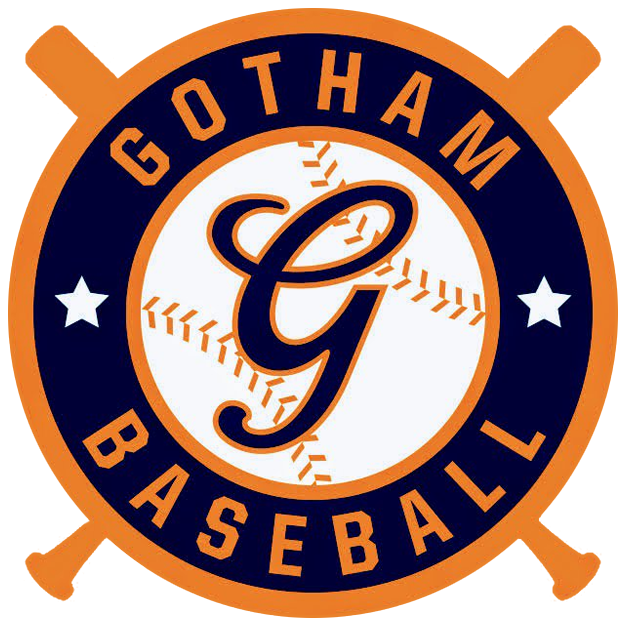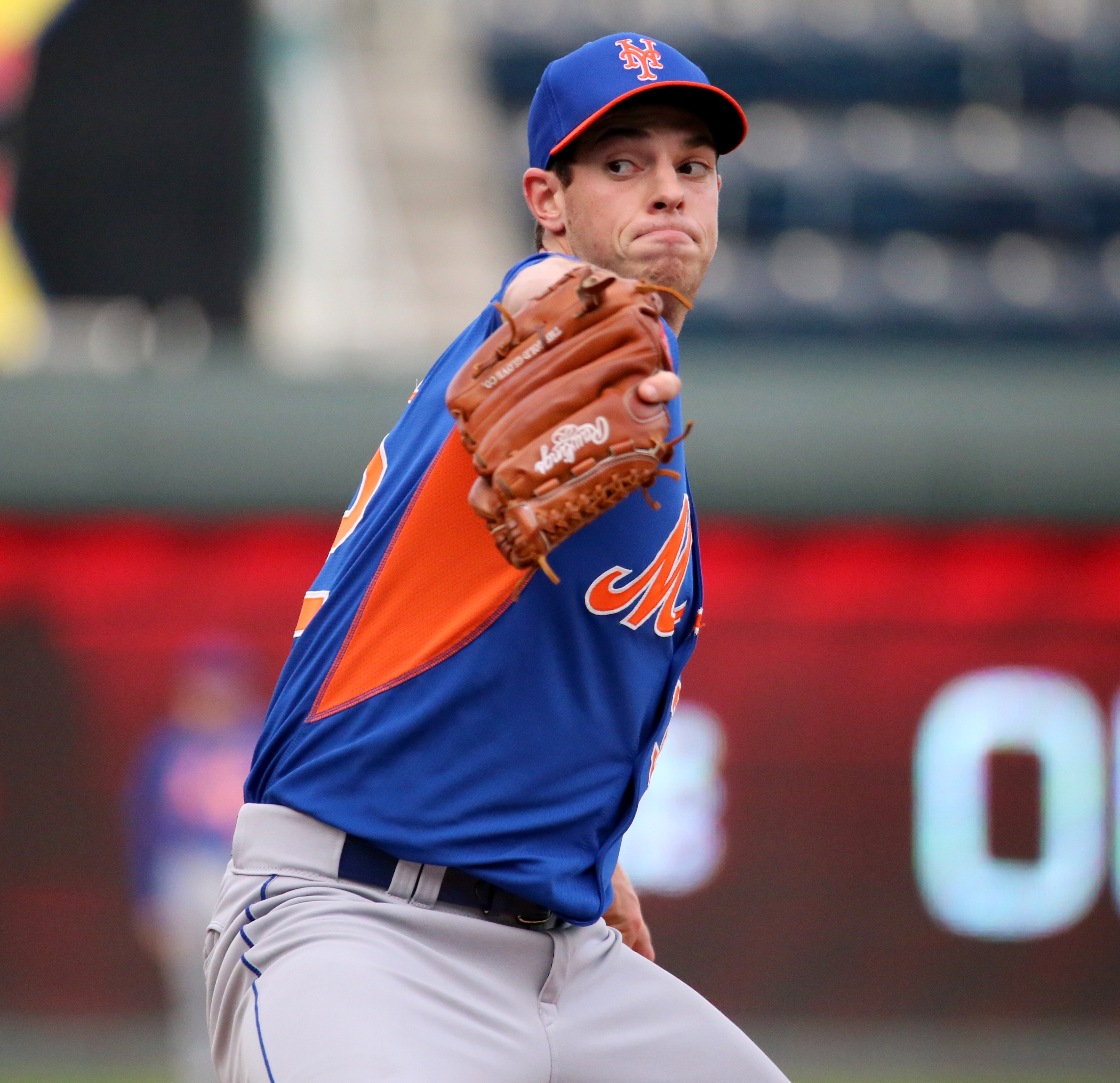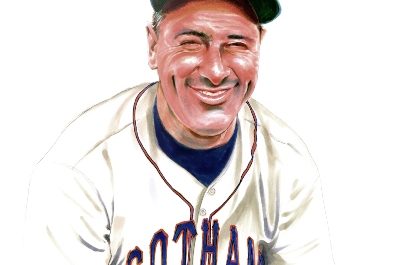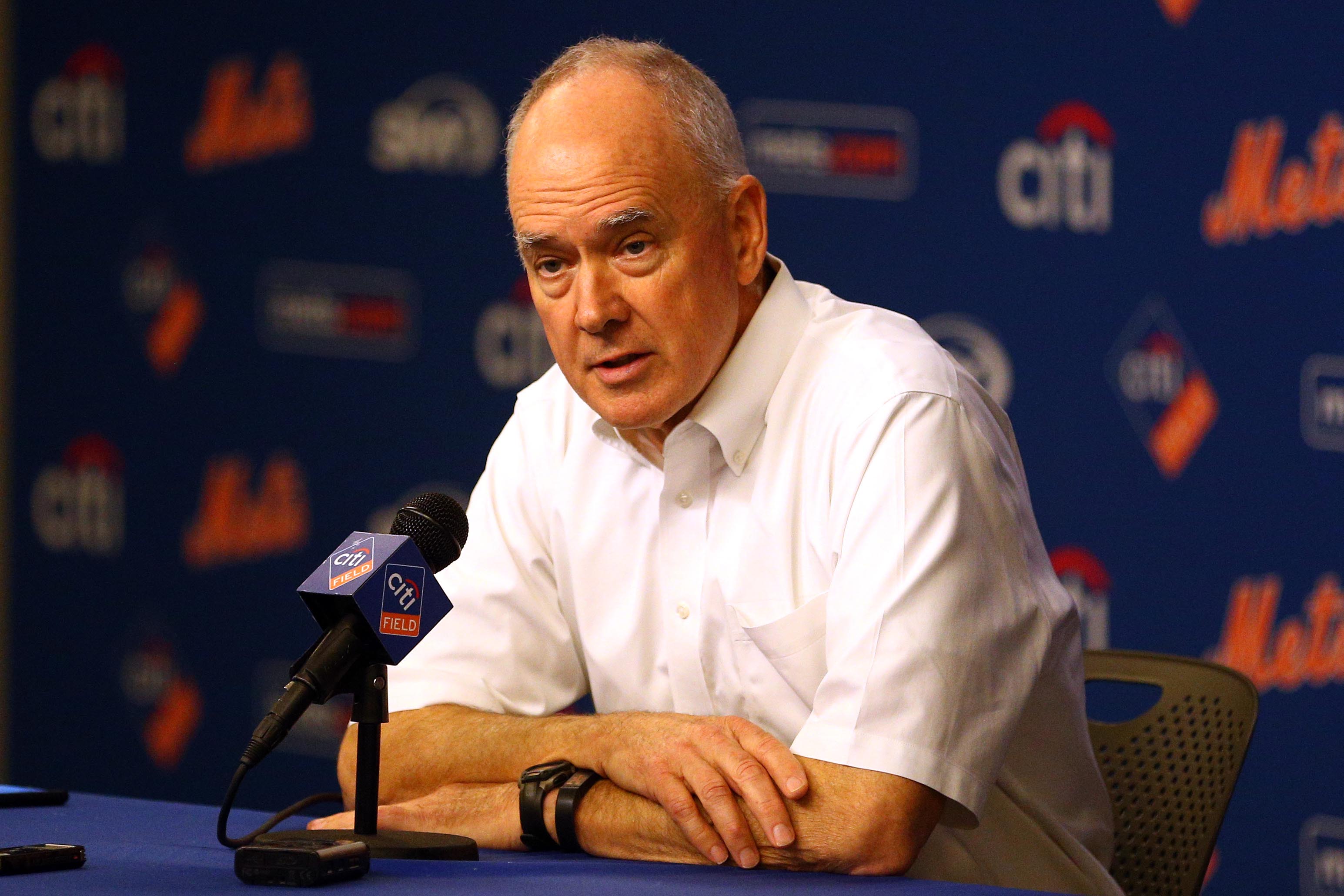Today is the day that Mets pitchers and catchers officially report to the spring training facility in Port St. Lucie, Florida. It’s a day that fans often circle on a calendar as soon as it’s announced, and start to anticipate as soon as the season is over, whether that’s the postseason, the regular season, or for some, right around the All-Star Break. A growing trend over the last few years finds players reporting early to spring training. The Mets projected starting rotation is already at camp, eager to meet with the new coaching staff, and anxious to prove how far down the road to recovery they’ve come.
Two years ago at this time, the vibe in the Mets world was like Christmas morning (as I imagine it would be) or shortly before sundown on the first night of Chanukah (might not pack the same oomph, but trust me, the anticipation and excitement is there). Sportswriters and fans had eschewed high hopes in favor of virtually ceiling-less expectations. Then, as we all know, disaster struck. On July 7, 2016, the New York Daily News wrote an article titled “The 2016 Mets Pitching Staff: Everything that’s gone wrong”. By the end of the season, key pitchers like Matt Harvey and Steven Matz had missed significant time due to injury, and Zack Wheeler missed his second straight full season. The Mets did manage to put together an exciting end to the season to allow them an extra day of baseball, before bowing out to the San Francisco Giants in the Wild Card game. At that point, with all that the team had gone through, that seemed acceptable.
A year ago, Mets pitchers came into camp eager to show that the prior season had been a fluke and that this time they were healthy and ready to starting living up to the hype. It didn’t take long for fans to look back on that “fluke” 2016 season wistfully, with fond memories normally reserved for a more storied season. In fact, fans started to worry if the 2015 team that went to the World Series would actually be thought of as the anomaly.
And now they’re back at it, ready to show…something? At this point, what’s a fair expectation for this staff? Matt Harvey once seemed like a pitcher destined for greatness in every way. By the time he started the 2013 All-Star game for the National League (in Citi Field, no less), fans had begun to worry about losing him to free agency 6 years down the line. There was more talk about potentially losing him to the Yankees than concern over his reaching the “I used to be a thrower now I’m a pitcher” point if his career. At this point, in what may turn out to be his final year with the Mets, fans are less concerned with where he’ll be next year, or even whether or not he’s a thrower, or a pitcher, or (for the younger fans) the oft-beleaguered belly-itcher. If he can make it through a full season and contribute, it may be one of the most delightful and unexpected revelations for this Mets team. This is not to suggest it’s impossible; this only stands to acknowledge how Harvey’s swift climb from hopes to expectations has taken an even faster decline to a simple wish for a pleasant surprise.
The Mets drafted Steven Matz in 2009, shortly before he graduated from a Long Island high school. Months later, before making his professional debut, Matz needed Tommy John surgery. His professional debut came in 2012, and his Major League debut arrived in 2015. Throughout it all Matz stayed injury-free enough to make people think it was behind him. Then, in 2016, the Mets determined that he was pitching with troublesome bone spurs in his left elbow. While not a disaster as far as injuries go, it would require surgery and a 3-month recovery. The team planned for surgery following the season and hoped for the best in the meantime. Their hopes did not come to fruition. Despite starting the season strong, Matz was disappointing with few signs of success for much of the season until being shut down in the middle of August with shoulder tightness and those nagging bone spurs. He started last year on the DL, didn’t pitch in a Mets game until June, didn’t pitch consistently well over his 12 starts before being placed back on the DL. A year after being sidelined and missing the 2016 season, Matz underwent 2017 season-ending elbow surgery. At this point, a season in which his starts do not carry fans’ instinctive breath-holding with each pitch would be a welcome site. This is not to suggest it’s impossible; this only stands to acknowledge how Matz has gone from being considered someone with ace potential to someone best thought of as a wild card.
When the Mets got Zack Wheeler from the San Francisco Giants in return for Carlos Beltran in 2011, many though the move to be cunning front-office move. Six-and-a-half years later, and the Mets still don’t know what they have. Wheeler made his major league debut in June 2013, pitched his first complete season in 2014, and has pitched a total of 17 games (all last season) ever since. The good news for Wheeler is that he’s still relatively young (he’ll be 28 years-old shortly after Memorial Day), and has enough time to make an impact on this Mets team. What’s not such good news is that he has given no recent indication that this is possible. This is not to suggest it’s impossible; this only stands to acknowledge how Wheeler has gone from rising star to falling star, and at this point a safe landing would be a pleasant surprise.
Last year, Jacob deGrom pitched well coming off a previous season cut short by injury. And while Noah Syndergaard missed much of the year with a torn lat muscle, fans are comfortable enough expecting him to return to form. So the front of the Mets once-highly anticipated rotation comes into the season on steady-enough ground. As for Harvey, Matz, and Wheeler, there will need to be some signs early on that there’s still some magic remaining. This is not to suggest it’s impossible; this only stands to acknowledge that it’s going to be needed if the Mets are going to return to the postseason.



